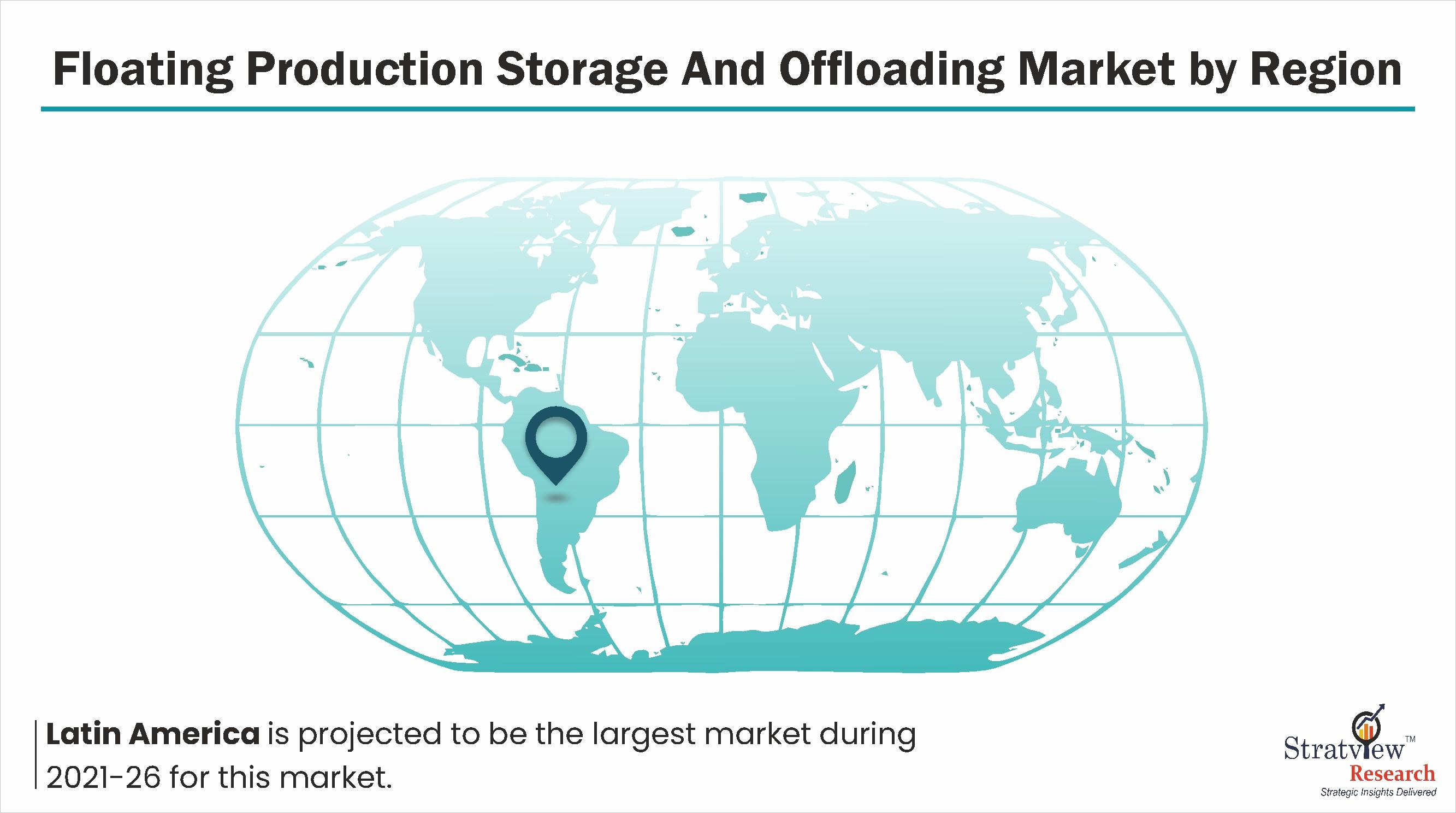According to Stratview Research, the floating production storage and offloading market was estimated at USD 22.7 billion in 2022 and is likely to grow at a CAGR of 5.99% during 2023-2028 to reach USD 32.37 billion in 2028.
The vast expanse of the open sea has long been a frontier for energy exploration, and the Floating Production Storage and Offloading (FPSO) market stands at the helm, navigating the waves of innovation and opportunity. As the global demand for energy continues to surge, the FPSO industry is evolving to meet the challenges of offshore production and storage. In this article, we embark on a journey through the trends shaping the FPSO market, exploring the dynamic currents that define its present and future.
Evolution of FPSO:
The FPSO concept emerged as a solution to the challenges posed by remote and deep-sea oil and gas reservoirs. Floating Production Storage and Offloading vessels serve a multifaceted role: they produce hydrocarbons, store crude oil before offloading, and facilitate the transfer of processed oil and gas to tankers for transport. Over the years, FPSOs have become a cornerstone in the offshore energy industry, combining production, storage, and transportation in a single, mobile platform.
Trends Shaping the FPSO Market:
Modular and Standardized Designs:
Modular and standardized FPSO designs are gaining prominence, offering cost-effective solutions and faster deployment. These designs enable the replication of successful models, streamlining the construction process and reducing lead times for new projects.
Digitalization and Smart FPSOs:
The integration of digital technologies is transforming FPSOs into smart, connected platforms. Real-time data analytics, remote monitoring, and predictive maintenance systems enhance operational efficiency, optimize production, and contribute to safer offshore operations.
Decommissioning Challenges and Solutions:
As older FPSOs near the end of their operational life, decommissioning becomes a critical consideration. The industry is exploring innovative solutions for decommissioning, including repurposing retired FPSOs for other purposes, recycling components, and implementing environmentally responsible disposal practices.
Increased Focus on Safety and Environmental Sustainability:
Safety and environmental concerns continue to drive industry practices. Enhanced safety features, rigorous compliance with industry standards, and the use of environmentally friendly technologies underscore the commitment to responsible offshore energy production.
LNG FPSOs and Gas Monetization:
The growing demand for liquefied natural gas (LNG) has led to an increasing number of FPSOs being designed for gas production and monetization. These vessels play a crucial role in harnessing offshore gas resources and converting them into valuable LNG for global markets.
Local Content and Regional Collaboration:
Many countries with burgeoning offshore industries are emphasizing the development of local content in FPSO projects. Regional collaboration and partnerships between international and local entities contribute to knowledge transfer, skill development, and the growth of indigenous capabilities.
Floating Wind Farms Integration:
The convergence of offshore energy sectors is becoming apparent with the integration of FPSOs with floating wind farms. This synergy allows shared infrastructure and resources, providing a more sustainable and efficient approach to offshore energy production.
Challenges and Opportunities:
Harsh Environment Adaptability:
Operating in harsh offshore environments poses challenges for FPSOs. Innovations in hull designs, mooring systems, and technology adaptation are key to ensuring FPSOs can withstand extreme weather conditions and turbulent seas.
Economic and Regulatory Uncertainties:
The FPSO market is not immune to economic fluctuations and regulatory uncertainties. Market participants need to navigate changing geopolitical landscapes, fluctuating oil prices, and evolving regulatory frameworks to make informed investment decisions.
Conclusion:
As we navigate the waves of the FPSO market, it's evident that this dynamic industry is not merely floating but surging forward with resilience and adaptability. From modular designs to digital transformation, safety enhancements, and integration with emerging energy sectors, FPSOs continue to evolve as a cornerstone of offshore energy production. As the industry sails into the future, the ability to harness innovation, collaborate across borders, and address challenges head-on will determine the success of FPSOs in continuing to navigate the vast and unpredictable seas of the global energy landscape.
